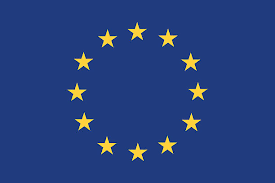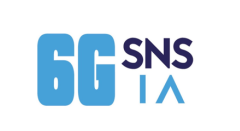Introduction
This is a questionnaire generated by the SNS OPS CSA project and is addressed to the SNS JU Phase 2 R&I projects. The goal of this questionnaire is to get a better understanding of the work planned to be performed in each of the projects, the challenges being addressed and the expected outcomes.
This information will be used by the SNS JU office and the CSA projects (SNS OPS & SNS ICE) to assist with the dissemination of the Phase 2 project results, liaise with appropriate external stakeholders, and host/organize relevant events. This information will also be provided to the SNS Steering Board, Technology Board and Working Groups, to assist with project results tracking and grouping of relevant projects (according to interest). The results of these questionnaires will be shared with all SNS projects and the key findings and insights will be presented in a dedicated webinar.
This is an extremely important input for the SNS programme as a whole, and we deeply appreciate the time that the projects will take to respond and deliver the requested information. Thank you very much for your contribution!
Instructions
The questionnaire should be filled once online for each project by a designated project representative.
- Please align with all key personnel in your project (e.g., Technical manager, WP leader, Exploitation manager, etc.) to ensure the correctness of the provided answers and then please fill out the questionnaire in the name of your project. The PM is responsible for ensuring that the questionnaire is answered within the expected deadline.
- The projects should respond to as many questions as possible. There may be cases where certain questions do not apply to a certain project. In that case the particular question may remain blank.
- Multiple answers may be selected in each question. Please select all correct answers for your project. The “Other” option may be selected in addition to the answers that you have provided for that question.
- Where appropriate there are text boxes for elaboration of your answers. Please use this to provide additional explanations where necessary. This field is mandatory for open-text questions and when the “Other” option is selected in multiple-choice questions.
- For Questions and clarifications you may reach out to Questionnaire(a)sns-ju.eu
The Questionnaire
The Questionnaire is divided into 3 sections, Technical, Vision and Market. Please complete and click submit at the end of each section.
If you do not click submit at the end of a section any data entered in that section will be lost.
The Sections are totally independent and must be individually submitted.
GDPR Statement:
All data collected will be handled in compliance with the General Data Protection Regulation (GDPR) guidelines. The SNS OPS team will use the data collected for analytical purposes and for preparing reports on the performance of the SNS JU as a whole. Any project that contributes data to the SNS progress assessment will have the right to access their data and correct inaccuracies.


